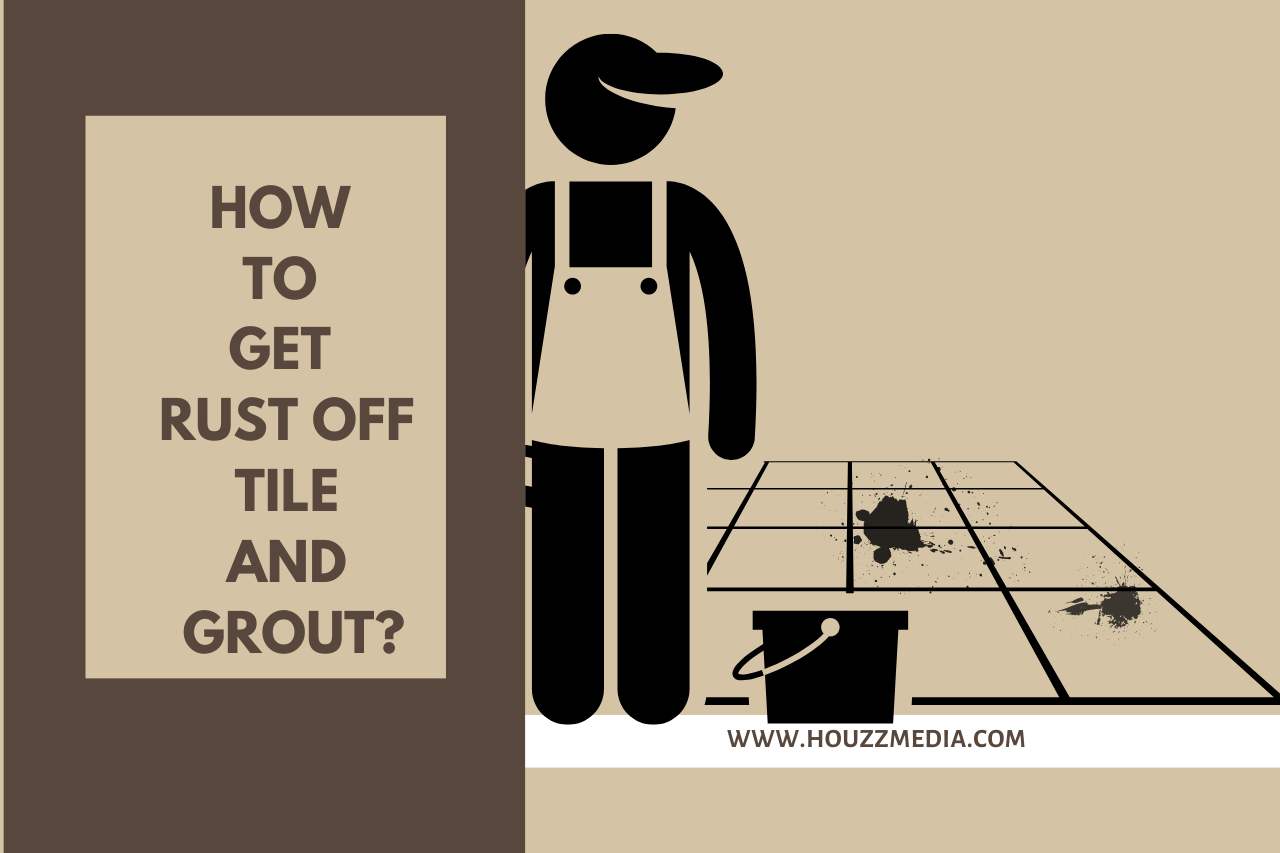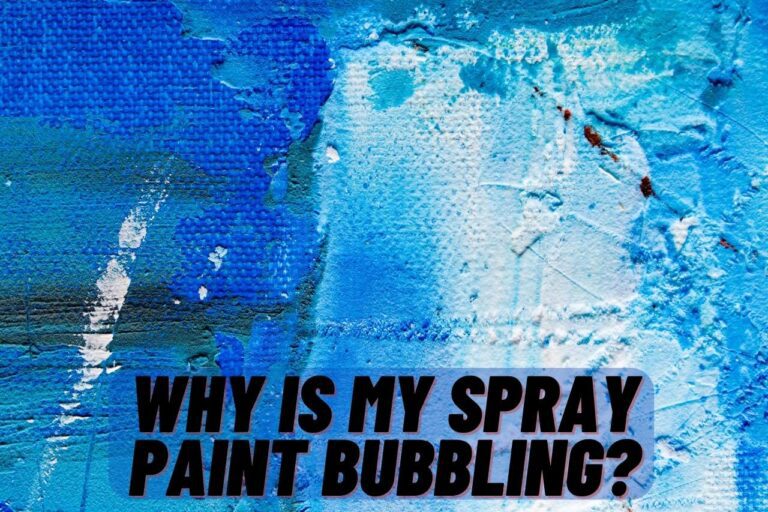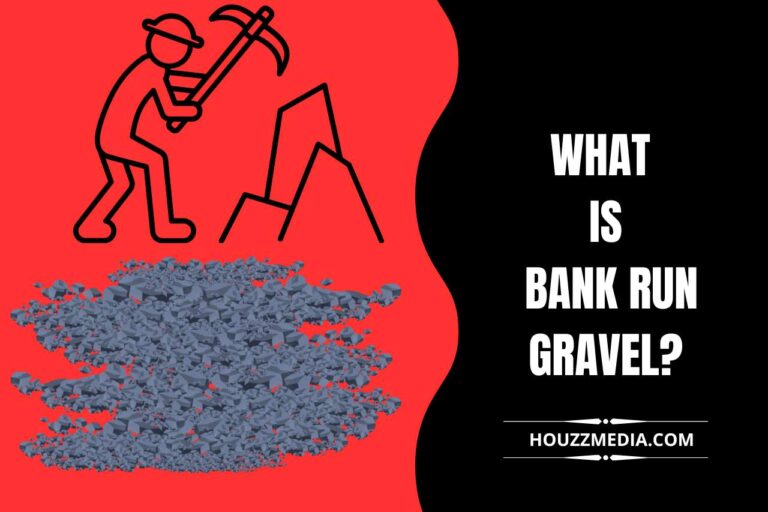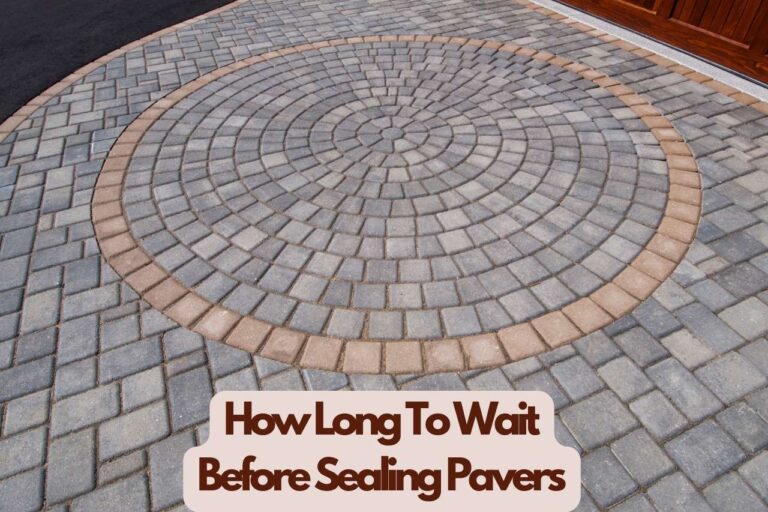How to Get Rust Off Tile and Grout? (Step-by-Step Guide)
Rust is an iron oxide, often reddish brown, created when iron and oxygen react catalytically with water or iron moisture. In this article, we’ll talk about why rust stains appear on tiles and grout and how to get rid of them. Explore various cleaning techniques and rust-prevention measures. Therefore, read the entire article to learn how to get rust off tile and grout?
What Causes Rust Stains on Tile and Grout?
Grout surrounds every tile, and rust is a frequent discoloration that forms on the surface of the grout. Though mold and mildew stains typically worry us the most, these rust stains can result in numerous unsightly blemishes around the tile and grout.
Some pricey retail treatments promise to treat rust but are either overly harsh, useless, or both. Mild rust stains can frequently be removed with materials already in the house. However, some situations involving rust stains necessitate a professional’s attention to remove the rust stain effectively.
How to Prepare the Affected Tile and Grout for Cleaning?
It would be best if you carried out the following actions to get the damaged tile and grout ready for cleaning:
- Organize the space. Take any furniture or objects out.
- Clean the tile and grout of loose debris, grime, or dust using a vacuum or broom.
- To remove the filth and dirt, use a pre-treatment solution that has been specially designed.
- Applying the cleaning solution to the tile and grout requires using a clean cloth or mop.
- Use circular strokes to scrub the grout while agitating the cleaning agent.
- Wash the area.
These procedures can help you get a cleaner, brighter look by preparing the stained tile and grout for cleaning.
What are Some Effective Cleaning Solutions for Rust Stains?
- Extract some lemon juice and put it in a mixing dish. Verify that the amount of lemon juice corresponds to the area measurements. Create a paste while adding some borax. Borax and lemon juice should be mixed in a 1:1 ratio. In addition, baking soda can be used in place of borax. Apply the paste now on the stains. Give it an hour or two to rest if the rust is too deep to be removed easily. In any other case, 30 minutes will do. If the mixture starts to dry, mist it with water or lemon juice to keep it moist and allow for even finer blending.
- Use of Hydrogen peroxide and water. This should be mixed thoroughly in a spray container. With a soft-bristled brush and circular motions, scrub the rust stain while spraying the solution directly on it. Use warm water to rinse any remaining solution and runoff from the surface once the rust has been properly eliminated. You should be aware that this remedy works well on mold and mildew stains.
- Clean water or vinegar should be added to laundry detergent. Use a scrubber to clean the tiles after applying the mixture. Allow it to rest for a minimum of two hours. Please do not allow it to dry out. If it begins to dry out, spray some water on it. You can repeat this process several times until you achieve your desired outcome. As you clean, use finely diluted water and dry the area off.
- A gentle liquid dish detergent can safely remove rust stains from grout. Mix 20 drops of mild dish soap with a cup of water in a spray bottle, and combine the ingredients thoroughly. Once the mixture has saturated the rust stain, give it 5 to 10 minutes to absorb. Use a sponge or soft-bristle brush to scrub away any remaining rust.
- One well-known food component is baking soda, and every house has it. Additionally, it has some bleaching abilities for simple stain and mark removal. Spray some water on the area to be cleaned, then sprinkle baking soda over the spots. If the grout is too old, give the mixture 30 minutes or more to rest. Take a scrubber, dunk it in the liquid dish’s solution, and scrub the stains with it. Use running water to remove it and a dry cloth to wipe it off.
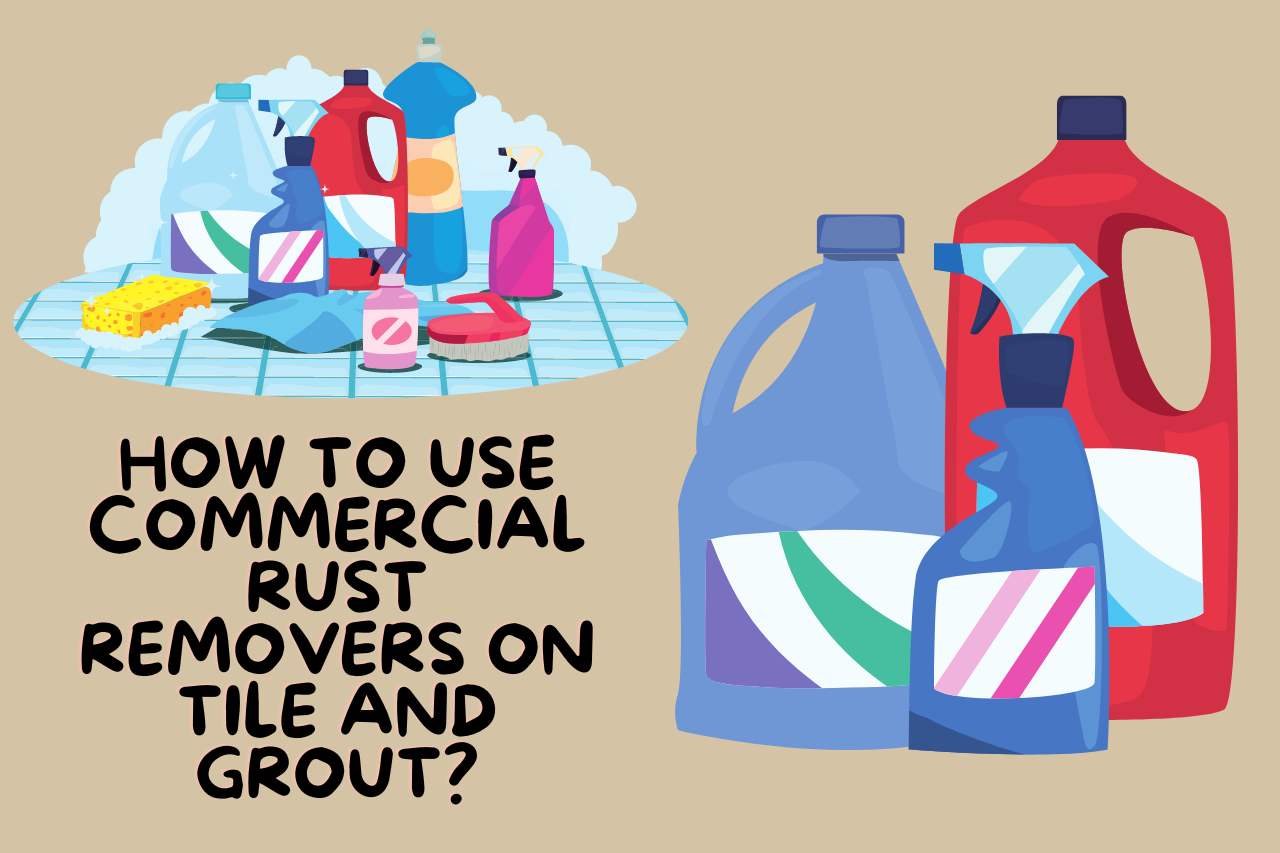
How to Use Commercial Rust Removers on Tile and Grout?
Read the label and follow the manufacturer’s directions before using a commercial rust remover on tile and grout. You can follow the general steps listed below:
- Remove any loose debris from the area surrounding the damaged tile and grout. Cover adjoining surfaces with a plastic sheet to shield them from the rust remover.
- Apply the rust remover to the troubled area using a sponge or a spray bottle. As some rust removers can be caustic, wear gloves and eye protection.
- The label specifies how long the rust remover should sit on the tile and grout. Usually, this will take a while.
- Scrub the tile and grout gently with a scrub brush or scouring pad. Take care not to scratch the grout or tile surfaces.
- Rinse the area with water well using a clean sponge or cloth. Make sure that the rust remover is wholly gone.
- You should repeat the procedure if the rust stain is not eliminated.
- Follow the manufacturer’s directions when disposing of the used rust remover and other cleaning supplies.
How to Prevent Rust on Tile and Grout in the Future?
- Start by frequently using a light detergent to clean your tile surfaces. This will get rid of anything that might be rust-causing dirt or trash.
- The next step is to seal the tile surfaces. By doing so, a barrier will be formed that will assist in keeping the metal underneath the tile away from oxygen and moisture.
- To avoid rusting, clean your tile as quickly as possible if it has been exposed to chemicals or other corrosive materials.
- Be sure to fix the issue immediately if you see rust beginning to form. It will be simpler to get rid of the sooner you catch it.
Can Rust Stains Be Removed from Colored Grout?
Rust, filth, soap scum, grease, and grime can accumulate on grout, giving it a dingy appearance. Compared to white grout, colored grout is just as simple to clean, contrary to what you might believe.
The main distinction is that you cannot use a bleach-containing product on colored grout. Thankfully, there are still lots of excellent alternatives. A grout cleanser and a soft-bristled brush are ideal for colored grout.
If you don’t already have any on hand, baking soda, peroxide, and dish soap can be combined to create grout cleaning. To clean your grout lines, apply the mixture, scrub, and rinse.
How to Maintain Tile and Grout After Removing Rust Stains?
It’s critical to preserve tile and grout after removing rust stains to avoid more colors. Here are some pointers for keeping your tile and grout clean:
To prevent further discoloration, think about sealing the grout. Most home improvement stores carry grout sealer, which is simple to use.
Tile and grout maintenance needs routine cleaning. Using a pH-neutral cleaner made especially for tile and grout, you should clean the tile and grout at least once per week. Do not use harsh or acidic cleansers that can harm the grout.
Scrub the surface delicately with a scrub brush with soft bristles. Avoid scouring pads or abrasive brushes since they might damage the grout and tile.
Refrain from letting water sit on the tile and grout. Any spills or standing water should be cleaned up at once.
Be sure to fix any tile or grout damage when you find any cracks, chips, or other flaws. Water can seep through the tiles and cause more damage if the damage isn’t repaired right away.
You can help maintain your tile and grout after eliminating rust stains by following these guidelines and keeping them clean and fresh for years.
Watch this one,
Video Credits – Billshowto
You May Also Like
